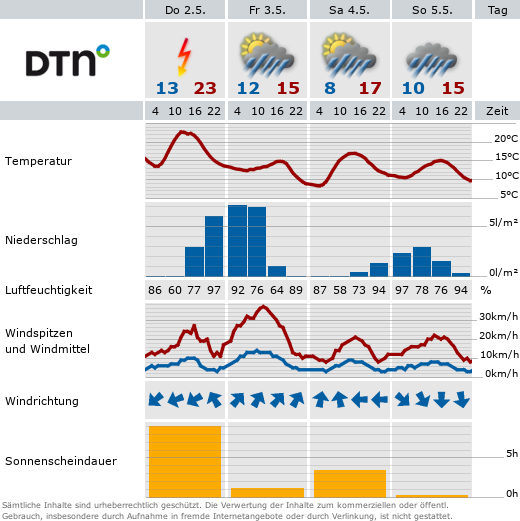Thesis defense of Yongqiang Zhang
- Defense
This thesis analyzes valuable signals at the liquid/solid interface in nanosized transistor devices, which reflect the behavior of charge carriers and are promising for many useful and important biosensing applications. Advanced liquid gate-all-around (LGAA) silicon (Si) nanowire (NW) field-effect transistor (FET) biosensors were fabricated to study the effects at the liquid/solid interface in a liquid environment, including the charge inversion phenomenon, space-charge-limited current (SCLC) effect, and the random telegraph signal (RTS) linked to single trap phenomena (STP) via transport and noise characterizations.
To study the charge inversion phenomena, noise spectroscopy, including an estimation of the dimensionless Hooge parameter (αH) and equivalent input noise (SU), was analyzed as effective indicators of ion behavior on the surface of the nanowire. The measurement results exhibited two distinct turning points at MgCl2 concentrations of 10-4 M and 10-1 M for the peaks and valleys of αH and SU, respectively.
These two turning points effectively displayed the transformation trend caused by ion behavior in solutions with varying concentrations of MgCl2. Interestingly, upon further investigation of the LGAA NW FET devices in 1 mM PBS at pH = 7.4, we revealed the SCLC effect. The linear relationship between drain current, IDS, and drain voltage, VDS, transforms to super linear behavior as the voltage increases, which reflects the formation of the SCLC effect. Additionally, time trace measurements revealed a two-level RTS phenomenon occurring within the voltage range where the SCLC effect was observed in the I–V characteristics.
This RTS, which is linked to STP, provides valuable insights into the SCLC effect in LGAA NW FETs. These discoveries are significant for the advancement of single-trap-based nanotransistor structures, particularly in the research field of biosensor applications. To study our hypothesis of enhancing the sensitivity of the FET biosensor, a gold bowtie antenna was fabricated on the nanowire surface. By carefully adjusting the light intensity, we induced single-center excitation and the RTS phenomenon without breaking down the dielectric layer. LGAA FETs with this antenna were tested under 940 nm LED excitation in 1 mM PBS at pH = 7.4. Our results show that the Lorentzian peaks in the noise spectra correspond to the occurrence of the RTS under illumination, with RTS fluctuations increasing in amplitude with higher infrared intensity.
These findings highlight the significant potential of the gold antenna for utilizing the plasmonic effect and RTS to boost biosensor sensitivity. The investigated signals at the liquid/solid interface coupled with the evolved FET device architecture thus underline a significant breakthrough in biosensor technology, setting the stage for the next era of highly sensitive bioelectronic sensors.









